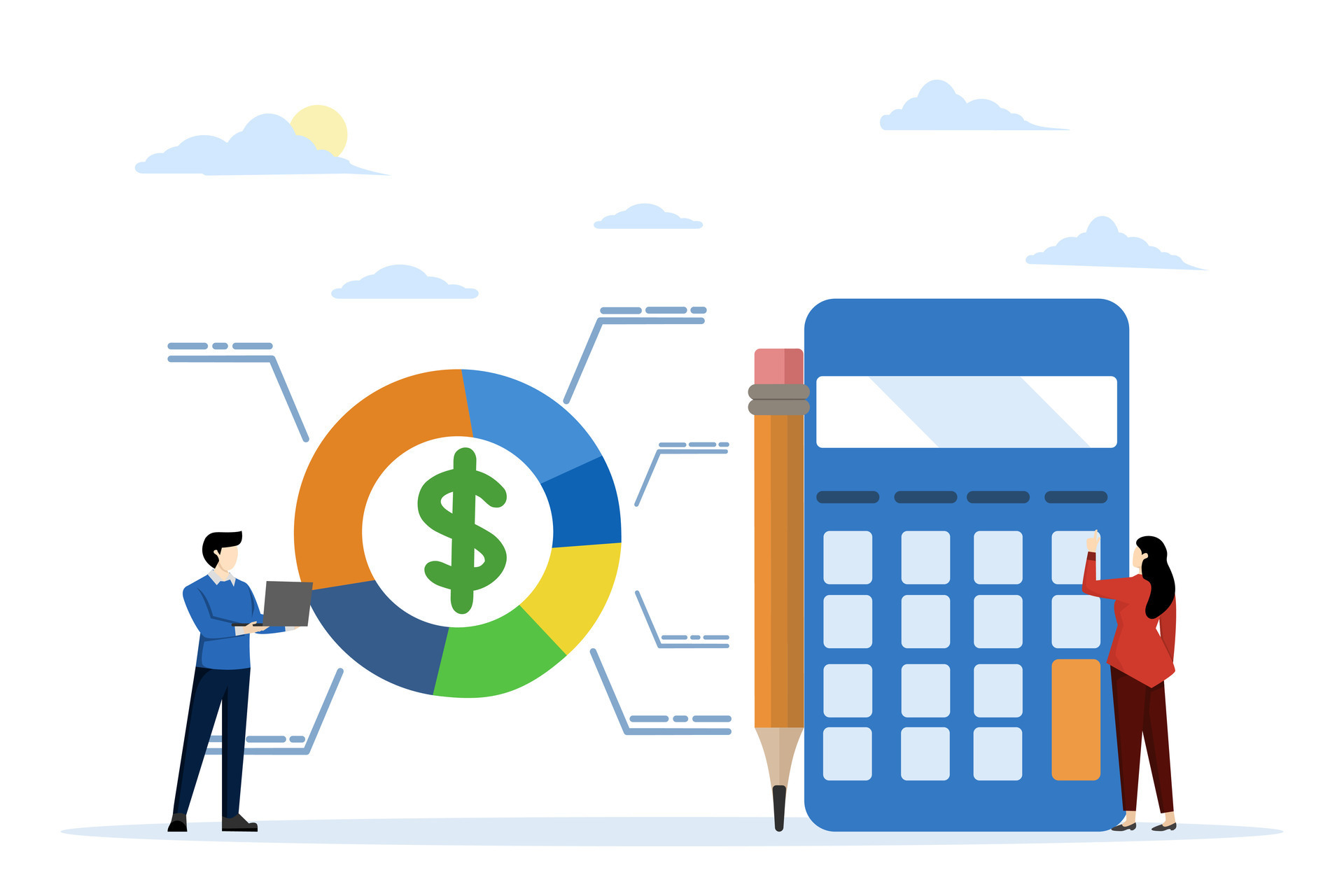
Creating a Budget and Managing Debt: A Comprehensive Guide
Financial stability and growth begin with two foundational pillars: creating a budget and managing debt. These elements are crucial for achieving financial security and reaching both short-term and long-term financial goals. In this blog, we will explore how to create an effective budget and provide strategies for managing debt, ensuring you have the tools needed for a secure financial future.
Creating a Budget
Why Budgeting is Important
A budget is a financial plan that helps you track income and expenses, ensuring you spend within your means and save for future goals. Budgeting helps prevent overspending, identifies savings opportunities, and promotes disciplined financial habits. It’s the cornerstone of financial planning and is essential for achieving financial stability.
Steps to Create an Effective Budget
- Track Your Income: Document all sources of income, including salary, freelance work, investment returns, and any other earnings. This provides a clear picture of your total available funds.
- List All Expenses: Categorize your expenses into fixed and variable costs.
- Fixed Expenses: These are consistent monthly costs such as rent, mortgage payments, utilities, and insurance.
- Variable Expenses: These fluctuate monthly and include groceries, entertainment, dining out, and travel.
- Calculate Disposable Income: Subtract your total expenses from your total income. This amount is your disposable income, which can be allocated towards savings, investments, and debt repayment.
- Set Financial Goals: Define your short-term, medium-term, and long-term financial goals. This could include building an emergency fund, saving for a vacation, buying a car, or investing for retirement.
- Identify Savings Opportunities: Analyze your spending patterns to find areas where you can cut back. This might involve reducing dining out, canceling unused subscriptions, or finding more affordable alternatives for certain expenses.
- Allocate Funds Accordingly: Prioritize your spending based on your financial goals. Ensure essential expenses are covered, allocate funds towards savings, and set aside money for discretionary spending within limits.
- Use Budgeting Tools and Apps: Leverage technology to simplify budgeting. Tools like Mint, YNAB (You Need A Budget), and PocketGuard can help you track expenses, set goals, and monitor your progress.
Maintaining Your Budget
Regularly review and adjust your budget to reflect changes in income, expenses, and financial goals. Life events such as a job change, a new family member, or unexpected expenses may necessitate revising your budget. Consistent monitoring helps you stay on track and make informed financial decisions.
Managing Debt
Understanding Types of Debt
Debt can be categorized into two main types:
- Good Debt: This includes debts that can potentially increase your net worth or generate income. Examples are student loans, mortgages, and business loans. These debts are generally considered investments in your future.
- Bad Debt: High-interest consumer debts, such as credit card debt and payday loans, fall into this category. These debts can quickly escalate and negatively impact your financial health.
Strategies for Debt Repayment
Effectively managing debt involves prioritizing repayment and adopting strategies that minimize interest and financial stress.
- Create a Debt Repayment Plan: List all your debts, including the amount owed, interest rates, and minimum monthly payments. This provides a clear picture of your debt landscape.
- Choose a Repayment Strategy:
- Snowball Method: Focus on paying off your smallest debts first while making minimum payments on larger debts. Once a smaller debt is paid off, move to the next smallest. This method builds momentum and provides a psychological boost.
- Avalanche Method: Prioritize debts with the highest interest rates first, while making minimum payments on others. This approach minimizes the total interest paid over time, saving you money in the long run.
- Consolidate Debt: Consider consolidating multiple debts into a single loan with a lower interest rate. This simplifies repayment and can reduce the overall interest you pay.
- Refinance High-Interest Loans: If you have high-interest loans, explore refinancing options to secure a lower interest rate, thereby reducing your monthly payments and overall interest.
- Negotiate with Creditors: Sometimes, creditors are willing to negotiate terms. You might be able to lower your interest rate, extend the repayment period, or settle for a lower amount.
Maintaining a Manageable Debt-to-Income Ratio
Your debt-to-income (DTI) ratio is a crucial metric for assessing your financial health. It’s calculated by dividing your total monthly debt payments by your gross monthly income. A DTI ratio below 36% is generally considered manageable, while higher ratios can indicate financial strain and affect your ability to secure loans.
- Monitor Your DTI Ratio: Regularly calculate your DTI ratio to ensure it remains at a manageable level. A high DTI ratio can limit your financial flexibility and increase the risk of default.
- Limit New Debt: Avoid taking on new debt unless absolutely necessary. Focus on repaying existing debts before incurring additional liabilities.
- Build an Emergency Fund: An emergency fund covering 3-6 months of living expenses can prevent you from relying on credit cards or loans in case of unexpected expenses. This fund acts as a financial cushion and protects your financial stability.
Benefits of Debt Management
Effective debt management provides numerous benefits, including:
- Improved Credit Score: Timely debt repayment positively impacts your credit score, making it easier to secure loans with favorable terms in the future.
- Reduced Financial Stress: Lower debt levels reduce financial anxiety and provide peace of mind.
- Increased Savings and Investment Capacity: Managing and reducing debt frees up funds that can be directed towards savings and investments, accelerating your journey towards financial goals.
- Enhanced Financial Stability: A manageable debt load contributes to overall financial stability, allowing you to navigate life’s uncertainties with greater confidence.
Conclusion
Creating a budget and managing debt are foundational steps towards achieving financial stability and realizing your financial goals. By meticulously tracking income and expenses, setting realistic goals, and employing effective debt repayment strategies, you can take control of your financial future. Utilize available tools and resources, regularly review your financial plan, and make adjustments as needed to stay on track. With discipline and strategic planning, financial security and growth are well within reach.










